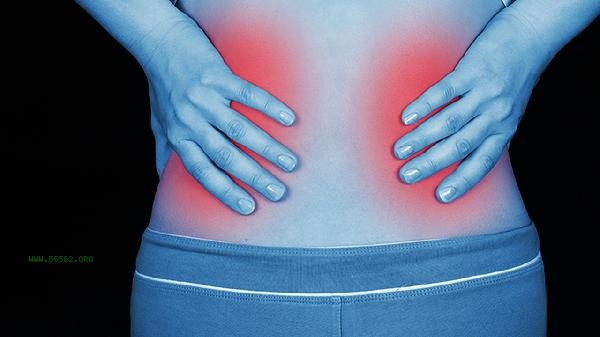When the waist circumference of men exceeds 90 centimeters or that of women exceeds 85 centimeters, the health risks significantly increase. Waist circumference excess is mainly related to visceral fat accumulation, metabolic syndrome risk, cardiovascular disease probability, association with type 2 diabetes, hormone level disorder and other factors.

1. Accumulation of visceral fat
Excessive waist circumference directly reflects excessive visceral fat in the abdomen. Visceral fat can secrete inflammatory factors, interfere with liver metabolic function, and increase the probability of fatty liver. This type of fat is more difficult to eliminate through exercise than subcutaneous fat, and requires long-term control of dietary calories and increased aerobic exercise.
2. Risk of metabolic syndrome
Waist circumference is one of the core diagnostic criteria for metabolic syndrome. When accompanied by hypertension, hyperglycemia, or dyslipidemia, it can accelerate the process of arteriosclerosis. Regular monitoring of waist circumference can detect metabolic abnormalities early on. It is recommended to measure it every three months and record the trend of changes.
3. Probability of cardiovascular disease
Abdominal obesity leads to sustained increase in cardiac load and significant impairment of endothelial function. Clinical data shows that the probability of heart attack in individuals with excessive waist circumference is several times higher than that in the normal population, especially in postmenopausal women where the risk is more prominent.

Association of type 4 and type 2 diabetes
Every 5 cm increase in waist circumference will increase insulin resistance. The free fatty acids released from visceral fat directly inhibit insulin signaling, leading to the gradual decline of pancreatic beta cell function. Waist circumference control can be used as an important indicator of pre diabetes intervention.
5. Hormonal level disorders
Adipose tissue has endocrine function, and excessive waist circumference can lead to leptin resistance and reduced adiponectin secretion. This hormonal imbalance will further promote fat accumulation, forming a vicious cycle. Women may develop hormone related diseases such as polycystic ovary syndrome.

It is recommended to use a tape measure to measure waist circumference at the level of the navel, while maintaining a normal exhalation state during the measurement. Daily calorie intake can be controlled through the Mediterranean dietary pattern, with priority given to whole grains and high-quality protein. Engage in moderate intensity exercise for at least 150 minutes per week, such as brisk walking, swimming, and other aerobic activities, combined with resistance training to enhance core muscle groups. Lack of sleep can stimulate cortisol secretion and promote abdominal fat accumulation. It is necessary to ensure 7 hours of high-quality sleep every day. Individuals with long-term excessive waist circumference should undergo regular testing for blood glucose, blood lipids, and liver function indicators.




Comments (0)
Leave a Comment
No comments yet
Be the first to share your thoughts!